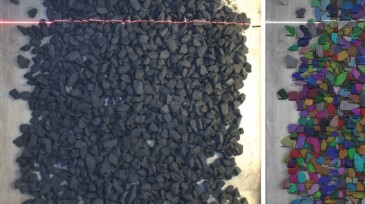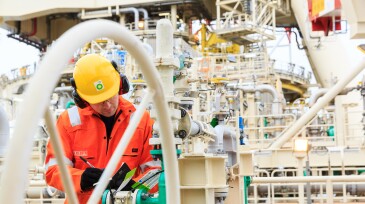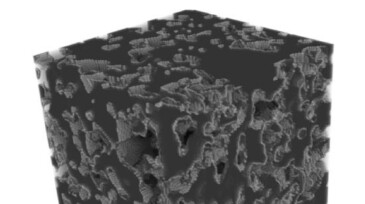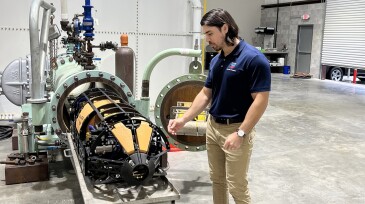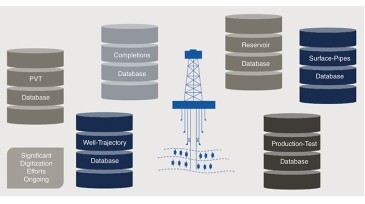Data & Analytics
SPE and The Open Group have signed a memorandum of understanding to advance collaboration and innovation in the global energy industry.
In this third work in a series, the authors conduct transfer-learning validation with a robust real-field data set for hydraulic fracturing design.
This research aims to develop a fluid-advisory system that provides recommendations for optimal amounts of chemical additives needed to maintain desired fluid properties in various drilling-fluid systems.
-
This paper proposes a holistic, automatic, and real-time characterization of cuttings/cavings, including their volume, size distribution, and shape/morphology, while integrating 3D data with high-resolution images to pursue this objective for use in the real-time assessment of hole cleaning sufficiency and wellbore stability and, consequently, for the prediction, prev…
-
Collaboration and technology will help the industry meet its toughest challenges, experts said during the opening session at ATCE.
-
In this exclusive Q&A, Giovanni Cristofoli, senior vice president of bp Solutions, shares insights into how his team is redefining operational strategies and fostering agility to bridge competitive gaps and enhance efficiency. Highlights include the integration of digital tools, data science, and a unified approach to tackling complex problems.
-
Accuracy, complexity, costs, and skills availability may make it difficult to get the most out of digital twins and even potentially misrepresent or miss actual changes in the status of systems or facilities.
-
The new contract extends a decadelong relationship and expands the use of AI and digital twins.
-
This paper presents a novel modeling framework for predicting residual oil saturation in carbonate rocks. The proposed framework uses supervised machine learning models trained on data generated by pore-scale simulations and aims to supplement conventional coreflooding tests or serve as a tool for rapid residual oil saturation evaluation of a reservoir.
-
The main objective of this paper is to provide a solution that eliminates the risks of working in confined spaces and aids in preventive maintenance.
-
SPE is excited to livestream these thought-provoking and informative Tech Talks from the SPE Energy Stream studio at the SPE Annual Technology Conference and Exhibition, 23–25 September, in New Orleans.
-
The traditional method of inspecting tanks puts workers in danger. Using robots instead can keep workers out of harm’s way.
-
This paper describes the development of a comprehensive digital solution for well surveillance and field-production optimization for an offshore field consisting of four stacked reservoirs, each containing near-critical fluids.




